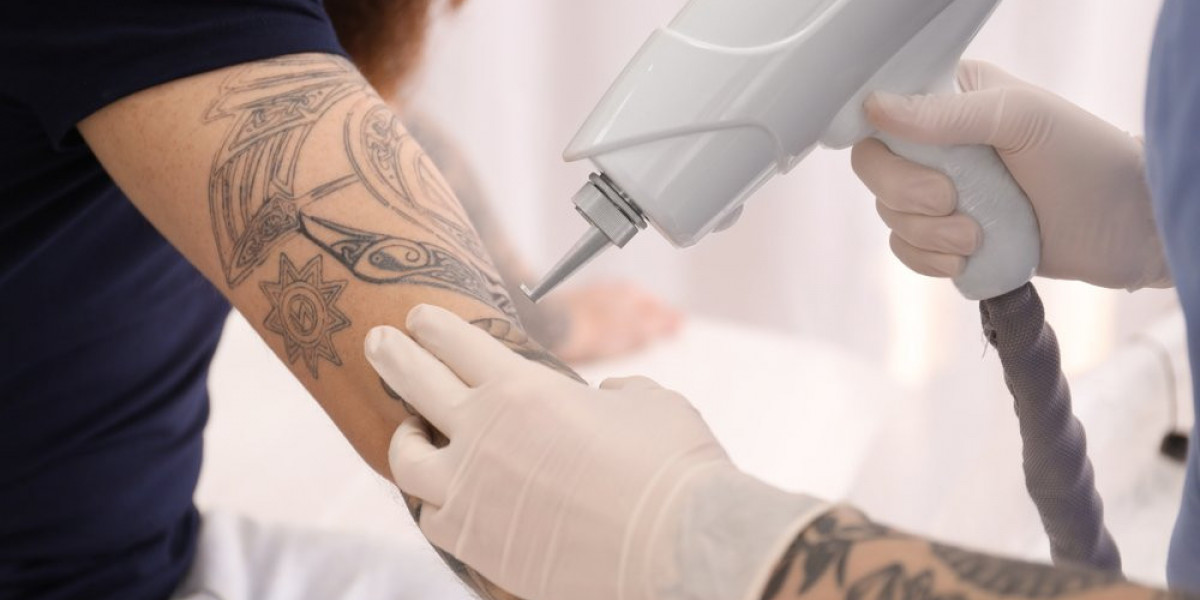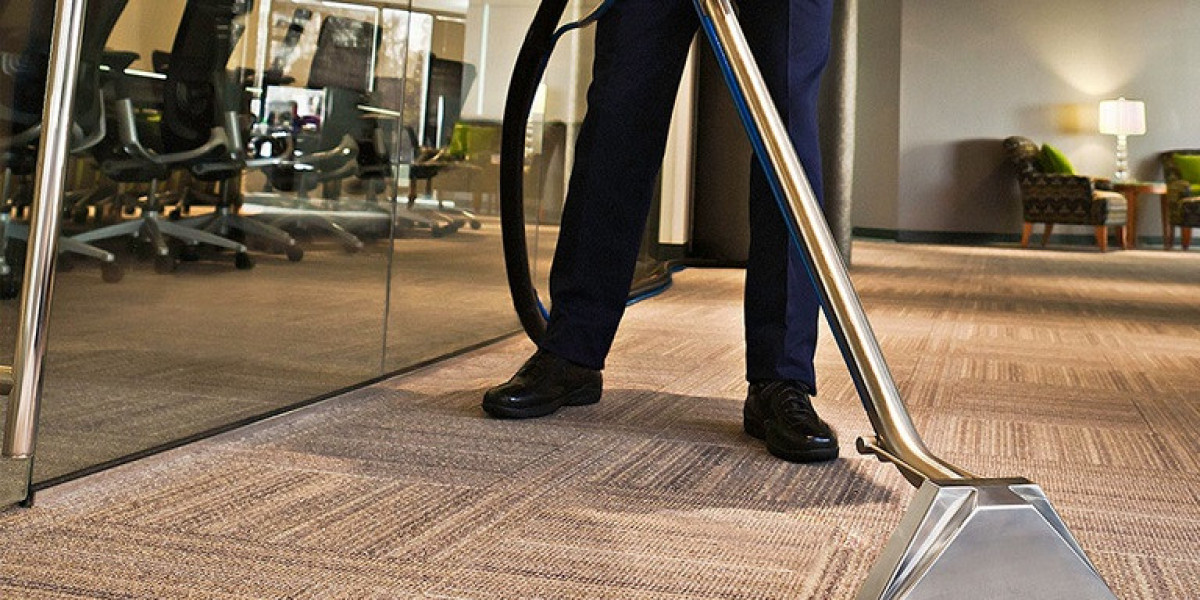Tattoo removal has evolved significantly over the past few decades, offering safe and effective solutions for individuals seeking to erase unwanted ink. In Islamabad, advanced laser technologies are widely available, with Q-switched lasers and picosecond (Pico) lasers being the two most commonly used systems. Understanding the differences between these two types of lasers can help patients make informed decisions and choose the best option for their specific tattoo removal needs. Tattoo Removal in Islamabad offers safe and effective solutions for those looking to erase unwanted ink and restore their natural skin.
1. How Q-Switched and Pico Lasers Work
Both Q-switched and Pico lasers function by delivering high-intensity pulses of light to the tattooed area. This light is absorbed by the ink particles, causing them to break down into smaller fragments. The body’s immune system then gradually removes these fragments over time, leading to the fading and eventual disappearance of the tattoo.
Q-Switched Lasers: Q-switched lasers produce pulses in the nanosecond range, which means each pulse lasts for a billionth of a second. These short bursts of energy are highly effective at targeting tattoo ink while minimizing damage to surrounding skin. Q-switched lasers are versatile and can treat a wide range of tattoo colors, especially darker pigments like black and navy blue.
Pico Lasers: Pico lasers deliver pulses in the picosecond range, which is a trillionth of a second. This ultra-short pulse duration allows for more precise targeting of ink particles, shattering them into finer fragments. Pico lasers are particularly effective for stubborn or multi-colored tattoos, as they can break down ink that may be resistant to traditional Q-switched treatments.
2. Effectiveness on Different Tattoo Types
The choice between Q-switched and Pico lasers often depends on the tattoo’s characteristics, including size, color, and age:
Black and Dark Tattoos: Both Q-switched and Pico lasers are highly effective for dark ink. Q-switched lasers have a long history of successful results with black and dark blue tattoos. Pico lasers can achieve similar results, often in fewer sessions due to their higher precision.
Colored Tattoos: Lighter and more vibrant colors, such as green, yellow, and red, are generally more challenging to remove. Q-switched lasers can treat colored ink, but multiple sessions may be required. Pico lasers are more efficient for these colors because their ultra-fast pulses break the pigment into smaller fragments, allowing the body to clear them more quickly.
Older vs. Newer Tattoos: Older tattoos tend to respond better to both types of lasers due to natural fading. Newer tattoos with dense ink may require more sessions, but Pico lasers often provide faster results due to their advanced technology.
3. Number of Sessions Required
One of the key differences between Q-switched and Pico lasers is the number of sessions typically needed for complete removal:
Q-Switched Lasers: Most tattoos require 6 to 12 sessions with Q-switched lasers, spaced several weeks apart to allow for healing. The total number of sessions depends on the tattoo’s size, color, and density.
Pico Lasers: Pico lasers usually reduce the number of required sessions by 20% to 40% compared to traditional Q-switched treatments. This means patients in Islamabad may achieve desired results faster, especially for multi-colored or resistant tattoos.
4. Pain and Discomfort
Both Q-switched and Pico lasers can cause some discomfort, often described as a snapping or stinging sensation. Clinics in Islamabad use topical anesthetic creams and cooling devices to manage pain during sessions. Pico lasers, due to their shorter pulse duration and precision, may cause slightly less discomfort and reduce the risk of skin irritation or prolonged redness.
5. Safety Considerations
Safety is a crucial factor in laser tattoo removal. Both Q-switched and Pico lasers are safe when operated by trained professionals, but proper technique is essential to avoid complications such as scarring, hyperpigmentation, or hypopigmentation.
Pico lasers are particularly advantageous for individuals with darker skin tones because they minimize heat buildup in surrounding tissues, reducing the risk of pigmentation changes. Q-switched lasers can also be used safely on darker skin, but they require careful adjustment of laser settings.
6. Cost Considerations
In Islamabad, cost can influence the choice of laser treatment. Q-switched laser sessions are generally less expensive than Pico laser sessions due to the newer technology of Pico lasers. However, because Pico lasers often require fewer sessions, the overall cost difference may not be significant for patients seeking faster results. Clinics typically provide a consultation to assess the tattoo and recommend the most suitable option based on effectiveness, safety, and budget.
7. Choosing the Right Laser for You
Selecting between Q-switched and Pico lasers depends on several factors: tattoo color, size, age, skin type, and desired speed of results. A consultation with an experienced dermatologist or laser specialist in Islamabad is essential to determine the best approach. Personalized treatment plans ensure safety, minimize side effects, and achieve optimal results.
Conclusion
Both Q-switched and Pico lasers are highly effective options for tattoo removal in Islamabad. Q-switched lasers have a proven track record for treating dark and simple tattoos, while Pico lasers offer advanced technology for faster removal, particularly for multi-colored or resistant tattoos. By understanding the differences between these lasers and consulting with qualified professionals, individuals can make informed decisions and achieve safe, effective, and satisfying tattoo removal results.














